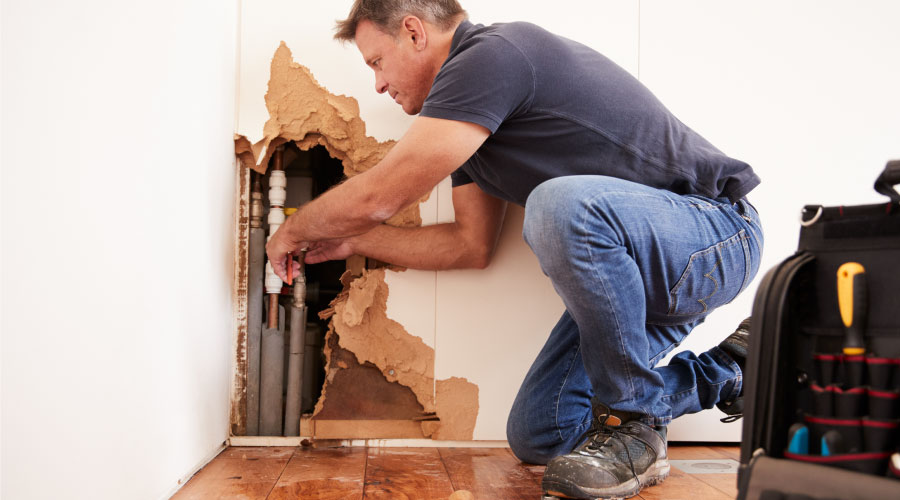Making Plumbing Retrofits Work
Institutional and commercial facilities undertake retrofits of their plumbing systems for a number of important reasons. Most often, maintenance and engineering managers are trying to curtail costs related to water use. Or they are trying to achieve sustainability goals set by the organization. Still others want to extend the performance lives of key products, such as flush valves and faucets.
Perhaps the most daunting challenge in planning retrofits is specifying the most appropriate products to ensure the upgrade achieves these goals.
"It's not so easy to plug and place fixtures into an existing building, especially when you are retrofitting for high-efficiency," says Jeff Gilmore with American Standard. "You need to be aware of what's in the building to know what your retrofit opportunities are to make sure that if you do retrofit, you are going to have success in that application."
Lessons For Retrofits
For managers in education facilities undertaking plumbing retrofits, one top priority is specifying durable toilet, sink and urinal valves and fixtures that can withstand the rigors of students. Restroom users in "K-12s tend to be, 'Let's see how much toilet paper we can put into the bowl and plug it up', and the universities and colleges are more about, 'Let's see how many guys can stand on a bowl before we can break it'," says Bill Strang with Toto USA.
Today, most if not all managers are specifying low-flow fixtures. Gone are the days of 3.5 gallon per flush (gpf) toilets, which have been replaced by products that significantly reduce gallons per flush and gallons per minute (gpm) flow rates. One question that has emerged is that of too little water flow in plumbing systems.
"One of the important things we consider is, how low can we go?" Strang says. "When looking at the U.S. EPA water standard that runs today, a 1.28 gallon flush, most of our commercial products are performing well under that level. But there are some parts of the country, such as California, that are asking to go even lower than that, such as 1.1 or 1 gallon.
"And the difficulty we have with that is the performance of the product begins to diminish in the ability to remove any of the wax paper seat covers that may be used in those spaces. That adds a little bit of a different challenge to the ability to flush everything down in one flush, and if you have to flush it twice, you're not being very successful" in conserving water.
The technology in low-flow faucets has also made great strides in recent years, Gilmore says.
"We see a lot of movement in half-gallon faucets, as well as 0.35 gallons per minute faucets, which are great places to save water," he says. "Typically, the industry has used 2.2 gallon per minute faucets for years. But again, in a retrofit application, you have to be cognizant of your water supply because if you are installing 0.35 gallon per minute faucets, you are not purging that cold water line to bring that hot water up there very quickly. You have to have a strategy in place to get hot water to the user."
Related Topics:














